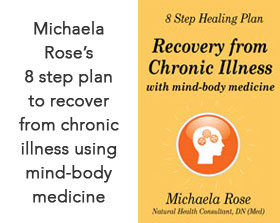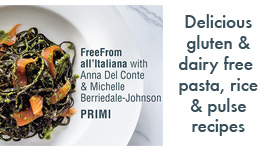|
|
| Long-term effect of parenteral (intravenous) feeding on children |
Mr Iñaki Irastorza, paediatrician at the Cruces hospital in Bilbao, having spent some 15 years analysing how serious intestinal problems in children were treated at the Great Ormond Street Children’s Hospital in London, analysed the data on 64 children who need to be fed intravenously at home. Of these 39% developed pulmonary thromboembolism (a blockage of a main artery which often results in death) confirming that there exists a relation between this problem and the treatment. However, of the children who were diagnosed with this condition and treated with warfarin and other blood thinning drugs, none died although 13% of the children who had not been diagnosed did, suggesting that the condition had not been detected in these children. Mr Irastorza's research also showed that although 50% of a subgroup of 18 children who had spent more than five years on parenteral nutrition were small for their age, 40% enjoyed good scores as regards weight, height and bone mineral density, contradicting the generally held belief than children cannot thrive on this form of nutrition. His research also suggested that, contrary to common belief, intravenous feeding is not toxic for the liver. He analysed 32 patients who had begun intravenous feeding at a neonatal stage, and only 4.5% of these developed hepatic cirrhosis. However, of those who developed serious hepatic dysfunction between three and six months after starting treatment, 75% died victims of hepatic cirrhosis. Based on the positive part of the conclusions of this innovative research and so that children with serious intestinal problems might have a more normal life, the system of domiciliary parenteral nutrition was adopted last year at Cruces hospital. Cruces has been pioneer in the use of this technique, both in the Basque Autonomous Community and in the Spanish State, thanks to Mr Irastorza’s research work. First published in March 2010 Click here for more research reports |










